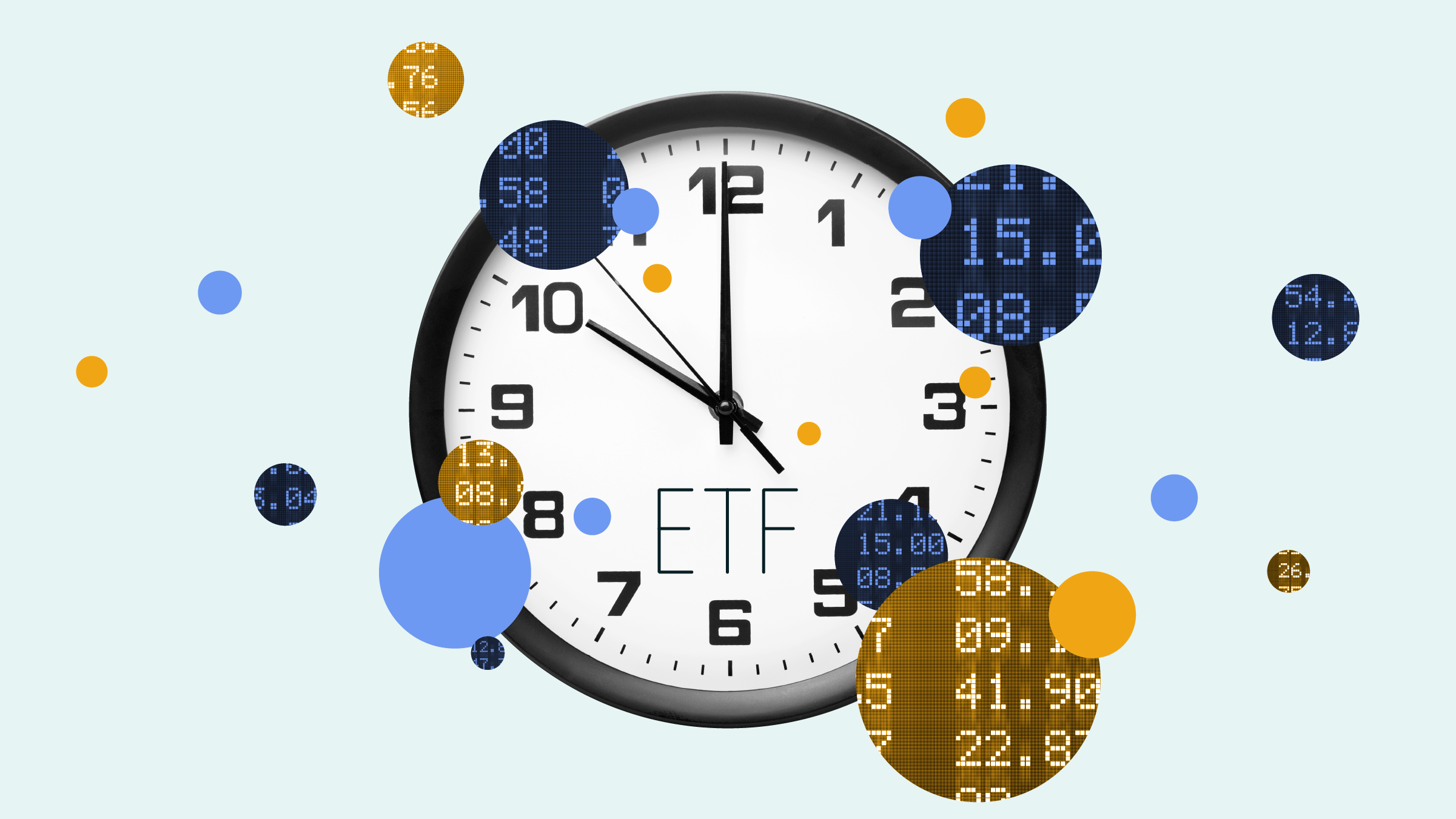Holly Black: Welcome to Morningstar. I'm Holly Black. With me is Thomas DeFauw. He is a manager research analyst at Morningstar.
Hello.
Thomas DeFauw: Hi, Holly.
Black: So, Thomas, I think after the past year a lot of investors will be thinking about how to manage the risk in their portfolio, and you've been looking at risk parity funds. So, what are they?
DeFauw: Yeah. So, risk parity is a multi-asset strategy. But as opposed to the classic 50-50 or 60-40 portfolio, risk parity strategies do not allocate a fixed percentage to equities and bonds. Instead, they equal weight assets on a risk or a volatility basis. The primary benefit of this approach is that they reduce the concentration of equity risk in a portfolio. In a 60-40 portfolio, as much as 90% of the portfolio risk comes from stocks.
Black: So, with these funds, rather than a manager thinking I want this percentage of my portfolio in bonds and this much in equities, he is thinking about it, I want this much in this level of risk and this much in this level of risk. So, what can I expect these portfolios to look like?
DeFauw: Yeah. Well, because assets are weighted, so they all contribute equal to risk, and bonds have a much lower volatility than stocks, this typically leads to less equities and a levered fixed income position. So, in effect, they are short cash. So, in the end, you get a different return profile where the fund's performance is much less dependent on stocks performing well.
Black: So, if a manager is thinking with risk front of mind, as an investor, I'd kind of expect a smooth ride, but that didn't happen with these funds last year, did it?
DeFauw: No, not really. Although, much depends on the risk levels you use. For example, the drawdown in 2020 for the S&P Risk Parity Index that targets 10% volatility was around 22%, which was more than the classic 50-50 allocation. But if you look at 8% target volatility, the pullback was more modest and in line with the 50-50 portfolio. So, these losses still came as a surprise to investors because these strategies promised to offer a smoother ride, but it's important to realize that this environment was very unprecedented. And basically, when investors panic and they turn to cash, there's very few places to hide.
Black: So, putting aside last year's very tumultuous period, what about the rest of last year and the start of this year?
DeFauw: Yeah. So, most ended last year higher because equities and bonds recovered. But in the first quarter of this year, we've seen interest rates rise and many of these risk parity funds they struggled versus their more traditional peers because risk parity holds a lot more bond exposure of course. So, it will be interesting to see how these funds will do if that trend will continue.
Black: So, here's the key question, Thomas. Are there any funds in this space that you particularly like?
DeFauw: Yeah. So, the bulk of risk parity assets are actually in hedge funds, not in mutual funds. But Morningstar follows a few risk parity strategies that are available for sale in Europe and the U.K., and among those is Invesco Balanced-Risk Allocation, which we rate Bronze. The team is experienced, and we like the fact that many of them are personally invested in the strategy. And like so many risk parity strategies, they equal weight risk exposure to stocks, bonds and commodities. So, investors should know that commodities and especially fixed income will drive performance just as much as equities do.
Black: Thomas, thank you so much for your time. For Morningstar, I'm Holly Black.




















